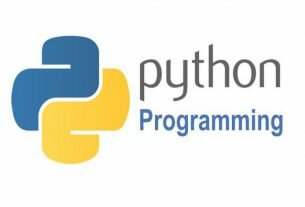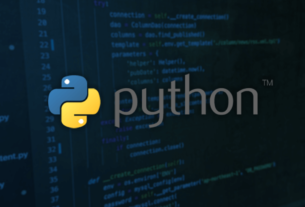Question or problem about Python programming:
From reading PEP-8, I get it that you should put the closing parenthesis on the same line as the last argument in function calls:
ShortName.objects.distinct().filter(
product__photo__stockitem__isnull=False)
Probably, long expressions are best to avoid at all. But if it’s undesirable, how would you go about multiple chained method calls? Should the closing paren be on a new line?
ShortName.objects.distinct().filter(
product__photo__stockitem__isnull=False
).values_list('value', flat=True)
What about no-arguments methods? How to write them on multiple lines without referencing the intermediate return values?
ShortName.objects.distinct(
).filter().values() # looks ugly
Update: There’s a duplicate question of How to break a line of chained methods in Python?. The accepted answer suggests a familiar from jQuery style of starting each new line with a dot. The author doesn’t provide any reasons or authoritative references, so I’d like to get a confirmation on such style or an alternative.
How to solve the problem:
Solution 1:
This is a case where a line continuation character is preferred to open parentheses.
ShortName.objects.distinct() \
.filter().values() # looks better
The need for this style becomes more obvious as method names get longer and as methods start taking arguments:
return some_collection.get_objects(locator=l5) \
.get_distinct(case_insensitive=True) \
.filter(predicate=query(q5)) \
.values()
PEP 8 is intend to be interpreted with a measure of common-sense and an eye for both the practical and the beautiful. Happily violate any PEP 8 guideline that results in ugly or hard to read code.
That being said, if you frequently find yourself at odds with PEP 8, it may be a sign that there are readability issues that transcend your choice of whitespace 🙂
Solution 2:
I think the best is to use () to force line joining, and to do this:
(ShortName.objects.distinct() # Look ma!
.filter(product__photo__stickitem__isnull=False) # Comments are allowed
.values_list('value', flat=True))
It’s not ideal, but I like that it stands out visually and makes it somewhat obvious what the chain of calls is. It allows end-of-line comments, which \ newline does not.


